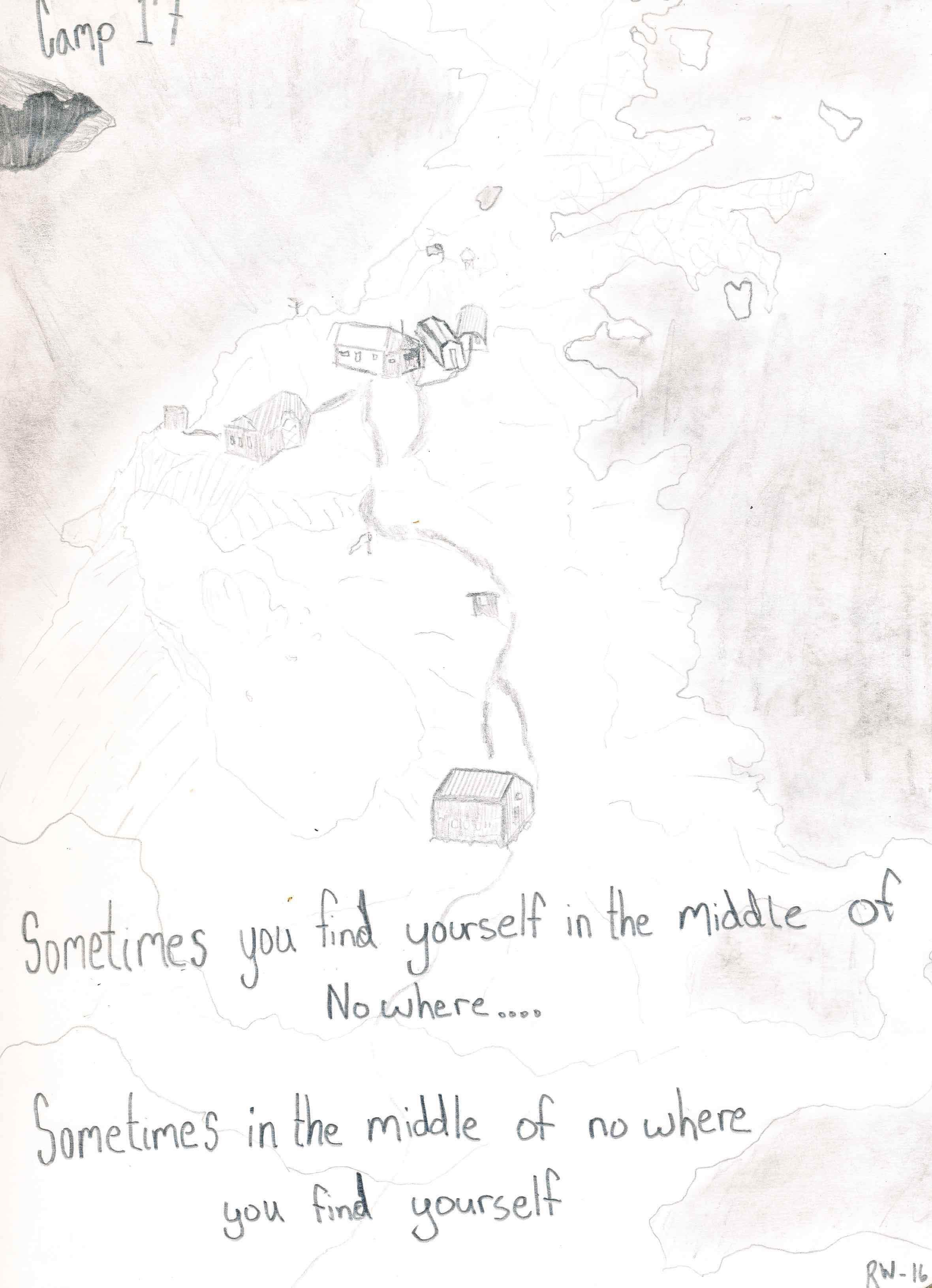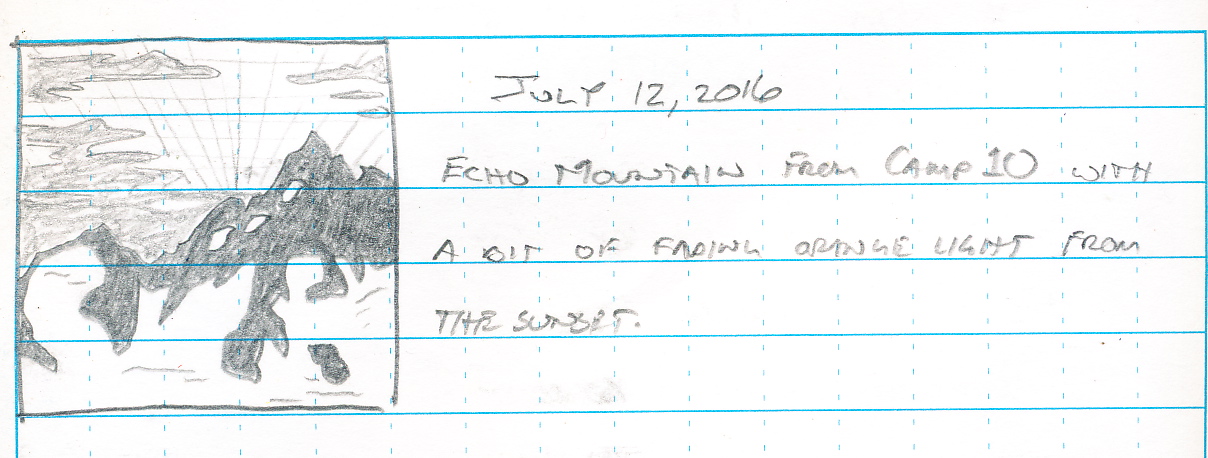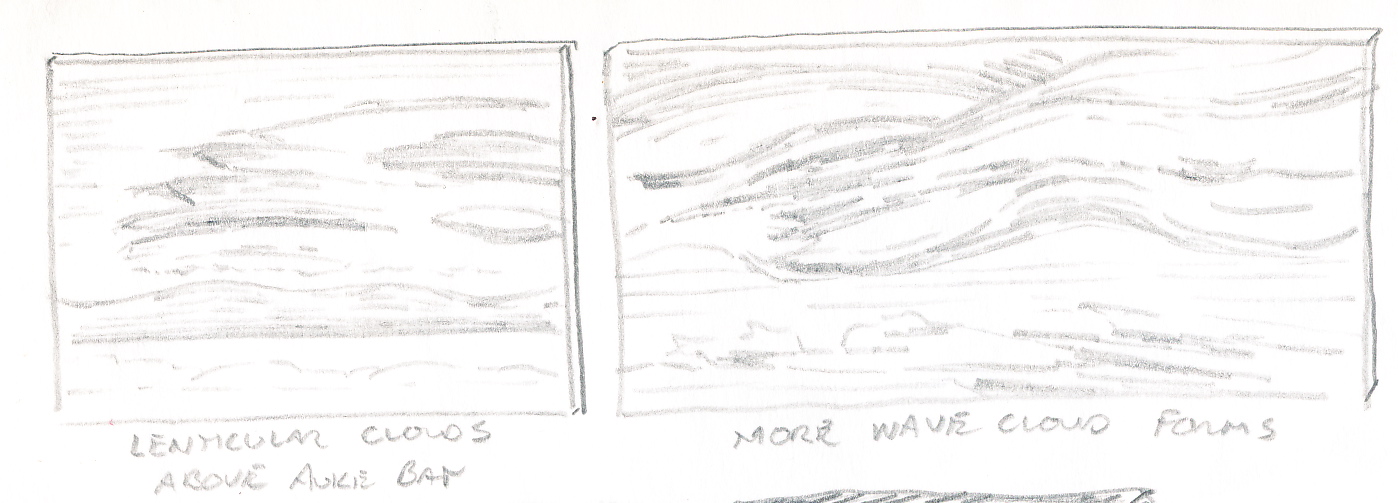The individuals that comprise JIRP's field staff are in many ways the heart and soul of each summer. This talented crew is the team that is present throughout the eight-week season, lead safety and logistical training for the students and faculty, lead trail parties and research teams as they traverse the Juneau Icefield, and perhaps most importantly they model what it means to be a JIRPer. In short, they enable everything that happens on the Icefield, and do so in a manner that fosters the incredible community of JIRP. We are fortunate to have such a phenomenal staff team for JIRP 2017!
Newt Krumdieck (Operations Manager):
First a JIRP student in 2008, I immediately felt a deep and unquestioning connection to the people and places that JIRP brought together. Since then I have been returning as a member of the field staff most years since 2010, playing roles ranging from safety staff to carpenter to operations manager. I graduated from Colby College with a degree in Geology, and worked for several years in the sciences, doing research and field work for the NY state geological survey, and then teaching earth science to middle schoolers. Currently I work as a carpenter/woodworker, and spend as much time as I can in the outdoors hiking, biking, skiing, motorcycling, and travelling. JIRP to me is about the ultimate combination of learning, the environment, and most importantly the community. Getting a chance to share these aspects with folks each summer is a privilege I do not take lightly, and continue to enjoy immensely.
Ibai Rico (Safety Manager):
I have been the safety lead and mountain guide at JIRP since 2015. I've been a climber and skier from a young age and now have several new ice climbing routes in Patagonia and the Himalayas. When I am not at JIRP I work as a mountain guide in the Pyrenees, Alps, Norway and the Greater Caucasus. I also deliver snow/avalanche, expedition logistics and risk management courses. I combine my mountain guide activity with carrying out glaciology research in the glaciers of the Pyrenees and Tierra del Fuego (Glacier Change, Glacial Geomorphology, Permafrost and Geo-Hazards). My last expedition to the Chilean Patagonia was focused on exploring the Cloue Icefield; understanding glacier change and ascending the unclimbed summits in an expedition sponsored by the National Geographic Society.
Guiding JIRP has been one of the most fulfilling experiences; the combination of Nature, Books and Action makes it a completely unique and unforgettable experience for every person in the program.
Annie Boucher (Assistant Operations Manager):
My name is Annie Boucher, and I first came to JIRP as a student in 2012. I grew up in Brooklyn, NY, got my B.A. in Geology at Carleton College in 2011, and I'm finishing up my M.Sc. at the University of Maine modeling Alaskan tectonics and glacial erosion. This will be my sixth season on the icefield; in the past I've worked as field staff, taught science communication, and collected field data for my master's research. This season I'll be assisting with logistics and operations management, helping the new staff jump into the swing of things, and filling a couple part-time roles on the faculty. I've been leading trips and working in outdoor education for fourteen years, and I keep coming back to it for the same reasons I return to JIRP: few things in this world give me as much joy as working with a group of motivated and passionate people bent on exploring the big wide world.
Sarah Gotwals (Juneau Logistics Manager):
I am very excited to be returning to Jueanu for summer 2017 for the second time. I was a JIRP student in 2015, and spent last summer working as a logistics coordinator at the Colorado Outward Bound School. Originally from Massachusetts, I graduated from Macalester College in St. Paul, Minnesota this past May (2016). I am interested in everything that "makes science happen" and can't wait to be on the ground with Mary ensuring a safe, productive, and (most importantly) fun summer.
Lara Hughes-Allen (Senior Staff):
In the summer of 2015, I participated in JIRP as a student and returned in the summer of 2016 as field safety staff and helped lead the GPS survey effort. In the winter, I coach the Alpine race team at Northstar California Ski Resort in Lake Tahoe, CA. I enjoy backcountry skiing, hiking, and backpacking with my dog Boomer.
I graduated from the University of Southern California in 2016 with a Master’s degree in Geographic Information Science. My thesis focused on using remote sensing analysis to quantify changes in the Taku Glacier, specifically equilibrium line altitude, accumulation area ratio, and total glacier surface area from 1973-2015. The goal of this research was to look at how in situ monitoring might be underestimating total glacier loss resulting from anthropogenic climate change. I graduated from Pitzer College in 2011 with a double major in Environmental Biology and Geology.
Annika Ord (Senior Staff):
I grew up floating between Juneau and my family's remote cabin on the Chilkat peninsula. Exploring and learning from wild places and the people who make their homes there is what I love most. JIRP is a beautiful blend of this -- full of deep belly laughter, immense snowscapes, and inspired learning.
I am super stoked to return for my third season as staff and am particularly excited to continue helping the botany and mass balance research groups and to lead field sketching expeditions!
When not romping around the icefield with JIRP, you can find me commercial fishing with my dad, sketching a tree, snorkeling in kelp, or trekking around the mountains of Southeast Alaska. To check out (or submit to!) the environmental feminist Selkie Zine I co-created, visit: cargocollective.com/selkiezine
Allie Strel (Senior Staff):
My name is Allie Strel and I hail from Edmonton, Alberta, Canada. These days I am living in Munich, Germany where I am completing my master’s degree in Cartography with a side interest in cryospheric sciences. My student experience at JIRP in 2015 had me certain that I wanted to come back to the icefield and I am excited to be joining the team again this year for my second season as safety staff. I can’t wait to see some familiar JIRP faces and to meet all of this year’s new students. When I’m not at JIRP (and not being a thesis-hermit) you might find me telemarking somewhere in the Alps, flying my kite on a mountain peak, cooking up a mad curry, or inflicting my terrible German on the locals.
Danielle Beaty (Field Staff):
I grew up in the rainy city where hipsters roam (Portland, OR), then made my way to the University of Colorado Boulder where I received degrees in geography and ecology/evolutionary biology. After doing JIRP as a student in 2014, I returned to school to complete an honors thesis on mass balance of glaciers on the Juneau Icefield. I also decided I had had enough of Colorado lift lines and ski traffic so I moved to Juneau, Alaska where I became a glacier/kayak guide. I am thrilled to return to the icefield as staff this summer, and I am excited to have the opportunity to make as great an experience as I had on JIRP for the students this year. I most look forward to seeing all the creative ways students make the otherwise abysmal pilot bread an enjoyable snack with various toppings, and am equally excited for pit talks in the bottom of several meter deep mass balance pits. When I am not JIRPing you’ll most likely find me backcountry skiing the AK pow, ski patrolling, climbing, or wishing there was some way I could own my spirit animal - an orca whale - as a pet.
Evan Koncewicz (Field Staff):
Hello! My name is Evan and I am originally from Upstate New York, right down the street from Newt. I was a JIRP student last year in 2016 and loved it so much I came back as staff! JIRP is a truly unique experience, and personally reminded me of the power of place-based education. I graduated from St Lawrence University in 2015 receiving a BS in Geology. Since graduating I have taught environmental education and skiing in Jackson WY, done JIRP, traveled to Peru, and substitute taught. I enjoy being outside, skiing, exploring the Tetons, following current events, learning, and telling lame jokes. I am super excited to meet you all and share an amazing summer on the ice!
Mo Michels (Field Staff):
My name is Mo. I’m 22 years young. Last year I participated in JIRP as a student and am beyond thrilled to have the opportunity to come back as part of the 2017 staff team. I grew up in the small town of Talkeetna, AK (a town that truly believed in the maxim, it takes a village to raise a child) where I first learned the value of community. What has drawn me back to JIRP is a similar sense of community – it takes every JIRPer for a mass balance survey – if you don’t know what I mean by this yet you will at the end of the summer.
Over the past five years Juneau, AK has become home. Working winters as a downhill and cross-country ski instructor and getting a bachelors degree in geography and environmental resources. In past summers, I have zipline guided, worked extensively in tourism, and counted salmon for the Alaska Department of Fish and Game. I enjoy long treks through the woods, up mountains, and on the water. I am inspired by the look in peoples eyes when they achieve that ‘ah-ha’ moment after they were willing to struggle, to practice, to recognize their strengths and weaknesses, to adapt, and to grow, all just to learn something new.
I look forward to meeting, working and growing with all of you who will create the JIRP community this coming field season!
Mike Staron (Field Staff):
My name is Mike Staron currently from Bend, Oregon. I was a student on JIRP in 2014 and fell in love with the icefield. While not JIRPing I enjoy traveling around the world with other JIRPers in beautiful places in South America. Since participating in JIRP the first time I have developed an obsession with skiing so I converted a van and have been living in it on and off for the past year or so, skiing and climbing around the country (#notanothervan). I’m spending the spring before JIRP attempting to climb/ski all the Cascade volcanoes. I have a B.S. in geology from Keene State College in New Hampshire. For the past two years I have been working on Mount St. Helens as a guide/educator leading people on backpacking trips and to the top of the mountain while teaching them the local geology/ecology. I would not be where I am today if it wasn’t for JIRP. I can’t wait to help make this the best JIRP season yet!













































